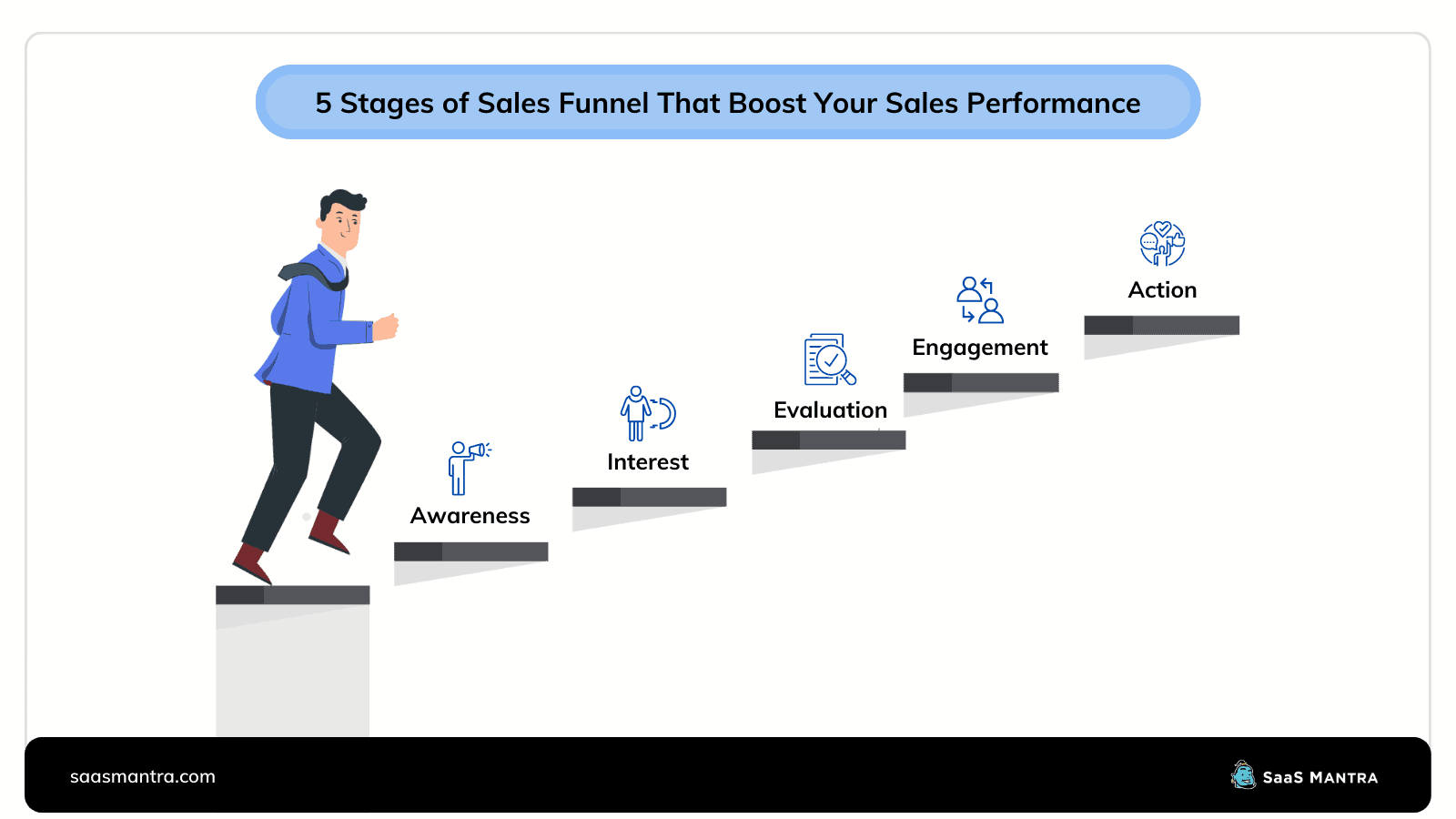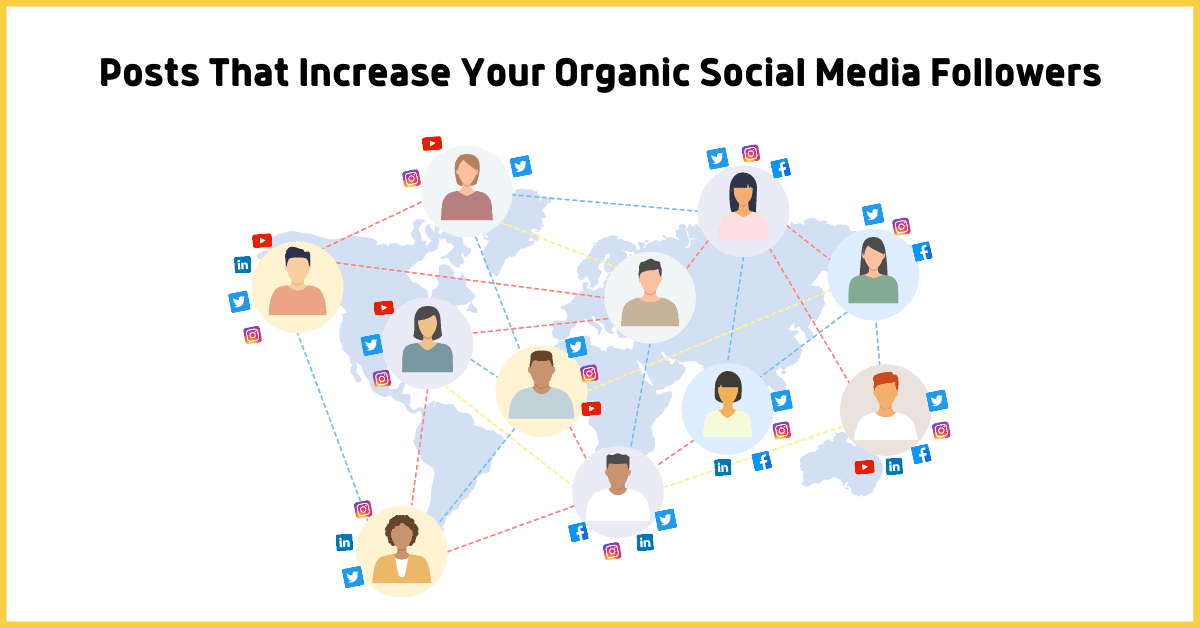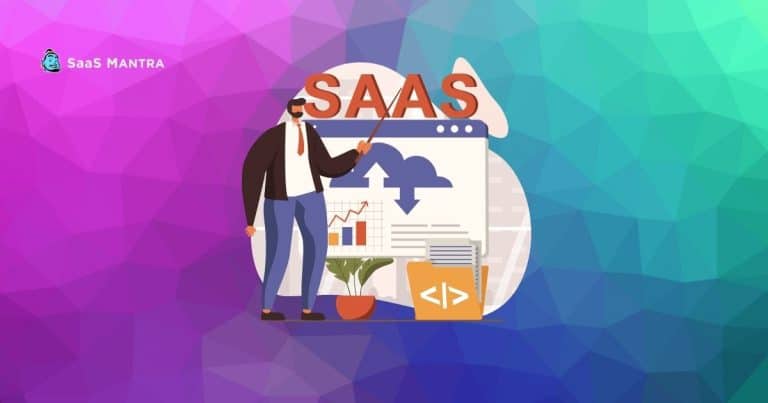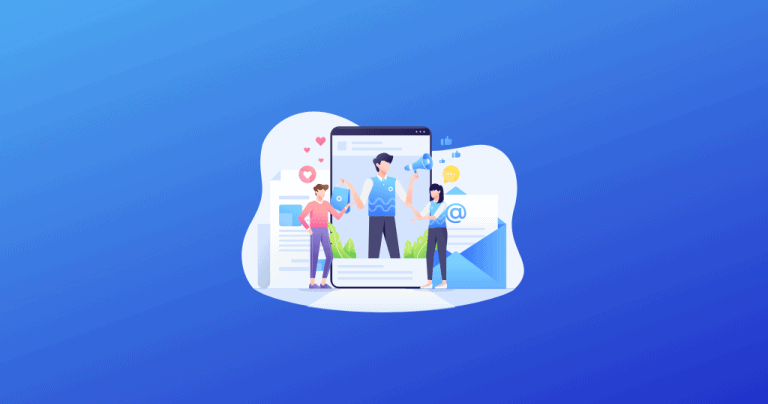5 Stages of Sales Funnel That Boost Your Sales Performance
6 Stages of Sales Funnel that Boost Sales Performance
Every business with a successful sales team will have a clearly defined sales process.
Traditionally businesses developed their sales process over several years with their selling experience.
That is not the case anymore—or for the past century since the invention of the sales funnel.
What is a Sales Funnel?
A Sales Funnel is a process that takes prospects through several stages before they become loyal customers. It helps you prime your leads for a better conversion rate.
Typically, a sales funnel will have 3core stages—top of the funnel, middle of the funnel, and bottom of the funnel.
However, a more efficient sales funnel has to be precise and have clearly defined stages.
Here are the 6 Stages of an efficient sales funnel.
1. Awareness
Your potential customer needs to know who you are, as a business, before they engage with you.
They must choose to buy from you.
Your target audience, people who could be your loyal customers, discover your brand in the awareness stage.
You can build brand awareness in your cold leads in several ways.
It can be incentivized referrals, cold calling, cold emailing, content marketing, social media marketing, etc.
In other words, for your marketing team, it is the first step in the lead generation process.
2. Interest
It is where your potential customer shows interest in what you offer.
After the awareness stage, your audience interested in what your business offers will reach you using one of the available touchpoints.
It could be a form on your business website, via telephone, social media, or email. Your leads might even ask questions about your product or service.
They may be considered warm leads.
However, you should note that your leads will still need to go through many stages before they convert.
3. Evaluation
The evaluation stage is the first point of direct interaction between your Lead and your business.
It is where your sales or a marketing representative will engage with your leads. It allows them to evaluate the Lead, collect necessary information and qualify them for sales.
On the other hand, your Lead will also be assessing and evaluating your brand and your service.
Hence it is a vital stage for both your business and your Leads.
4. Engagement
Once your prospect has been evaluated and qualified, he is ready to proceed further into the sales funnel.
Your Lead will now start engaging with your business at different touchpoints. You will find them signing up for your webinars, commenting on your social media posts, sharing your blog post, etc.
It is where your potential customers will interact with your brand and your services.
If you are running a B2B company, then this is when your leads will start interacting with your products and services.
5. Action
It is logically the final stage in a sales funnel.
In other words, it is where you close a sale.
Your Lead is aware of your brand, has the need, and has evaluated your business by now. And probably they’ve compared your price with your competitor’s and decided to buy.
Leads in this stage are hot leads; they are ready to convert.
You only have to encourage the action by making your sales pitch or giving them options to buy from you.
6. Retention
What’s better than closing a sale?
It is closing another and another whenever your customer looks to buy.
The retention stage is the final stage in a sales funnel. But to be precise, it is more of a loop that takes your customer back to stage 4—the Engagement stage.
However, the engagement strategy for an existing customer will differ from the engagement strategy for a Lead.
In this stage, you need to educate your customers in different ways to get the best results from their purchases.
Loyalty programs help keep your existing customers satisfied in this stage.
Note: Listening to customer feedback and making them feel heard is necessary to win their loyalty and retain your customers.
Open Up for Sales Growth
Implementing a sales funnel in your sales process gives your business clarity and direction to achieve your goals every quarter.
More importantly, it opens up ways to introduce automation in your sales process.
You can automate almost every task, from lead generation to lead scoring and lead qualifying in your sales process.
It will be vital to grow and scale your business.


![Convert Visitors Into Leads with Google Analytics [10 B2B Strategies]](https://blog.saasmantra.com/wp-content/uploads/2021/03/Google-Analytics-768x461.png)

